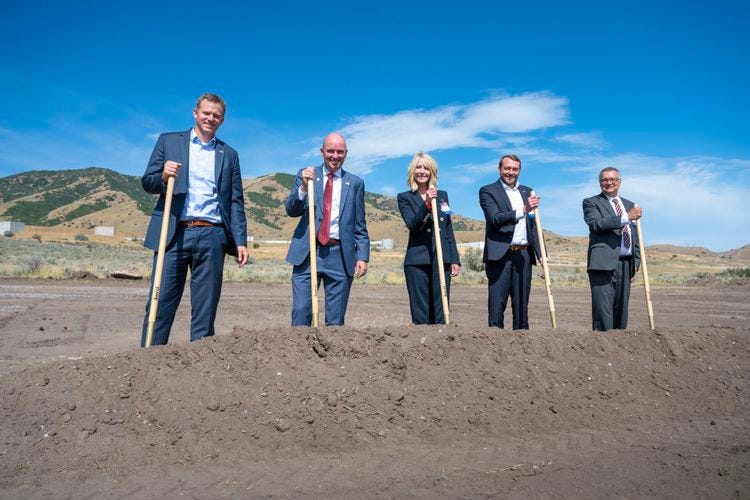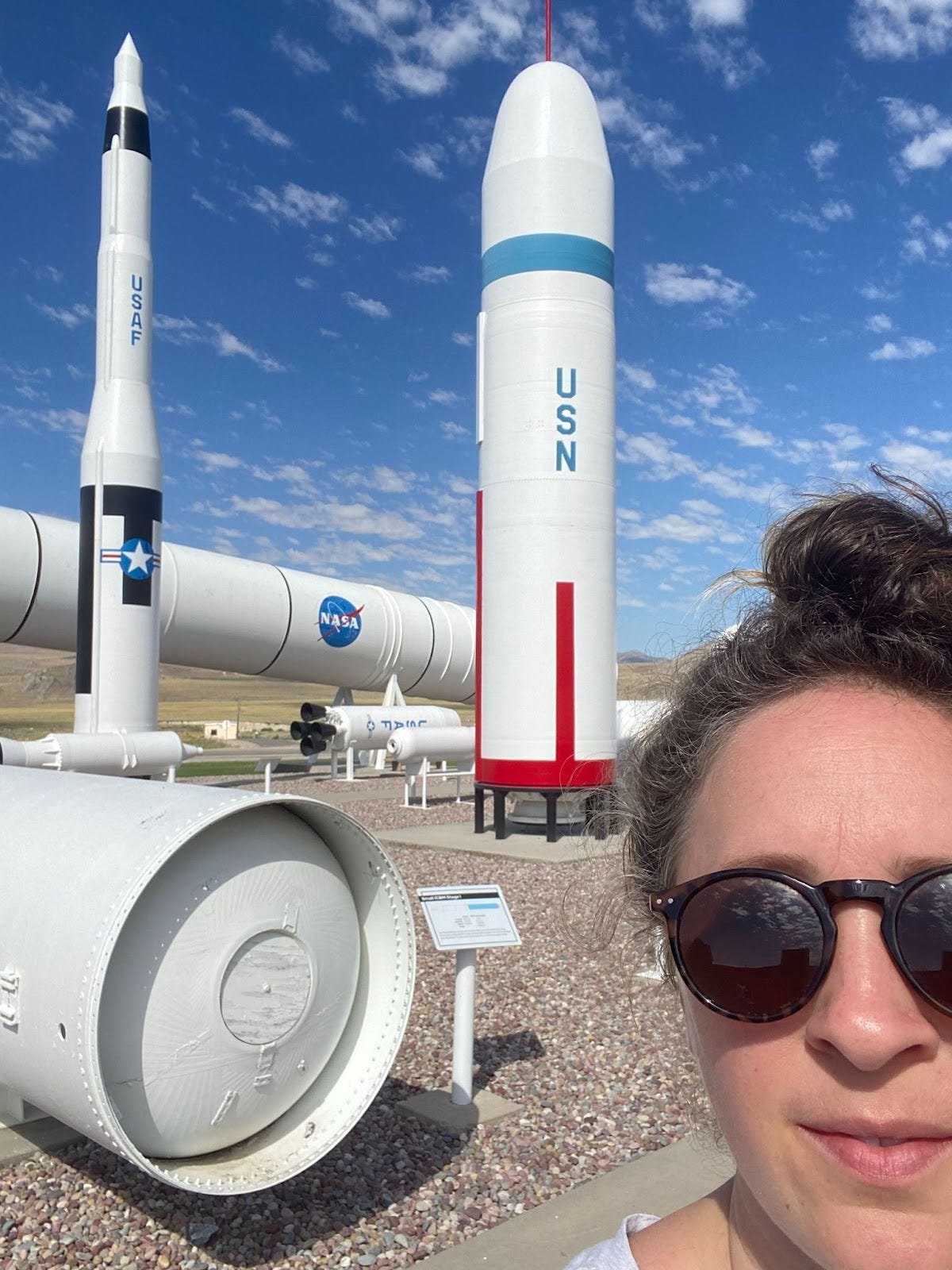Inkstick Exclusive: How Two Workers Died Building Hypersonic Missiles in Utah
Hi,
Greetings from Atlanta and welcome to the third dispatch of Military-Industrial America, a new newsletter from me, Taylor Barnes, Inkstick Media’s field reporter for the military-industrial complex.
Today we’re publishing a story about a tragedy in Magna, Utah, one that we’ve been investigating for eight months.
Photos courtesy of the family of Ken Tran, and of Julie Steinke.
It started when a colleague sent me a tip — two workers were found dead at a Northrop Grumman plant in Utah in late January, and the company was very tight-lipped about what happened and even the identities of who had died. (If you’re reading this newsletter, you may well know that Northrop Grumman is a mighty presence in the global weapons market, being the world’s largest nuclear weapons contractor. It’s also the largest military contractor in Utah.) I was already in the middle of a public records battle with Utah and Northrop Grumman, fighting to get the state to give me a full, unredacted version of its contract to subsidize Northrop Grumman’s intercontinental ballistic missile production. The company and the state were insisting on redacting the heart of the deal — a table with the number of jobs and minimum salaries the company had to meet in order to receive the subsidies. Job creation claims are a powerful marketing tool defense contractors like Northrop Grumman use to influence Congress to buy their wares.
To me, the two stories, of the public records battle and the worker deaths, both pointed to the need for watchdogs and journalists to scrutinize those job creation claims. On the one hand, politicians were posing with Northrop Grumman executives and touting the company as a much-appreciated job creator; on the other, the government was suppressing details on the company’s job creation figures in a public contract, and recipients of jobs at the much-vaunted company were dying at work with their employer publishing just a vague, short statement about it on local TV. I wanted to know the fuller story.
Photo courtesy of Northrop Grumman
I started digging, requesting public records from local police and Utah’s Occupational Safety and Health Division. I spoke with the men’s families and a coworker who said he was fired just weeks before their deaths for raising safety concerns on the job. A workplace safety expert who’s written a book about confined space entry reviewed the incident reports at my request. Together, they painted a picture of a perilous workplace that prioritized weapons production over routine workplace safety measures.
“My son died a senseless death.”
Read more about the deaths of Jonathan Steinke and Ken Tran here.
What I’m Following
Machinists union is trying to organize workers inside the Rivian EV plant
The Machinists, the largest union in the defense industry, is making a foray into the electric vehicle sector. You can read more about the Machinists and their efforts to diversify their membership into new sectors in our recent report, Union Strength Dwindles at Top Defense Contractors.
“It is a moral equivalent of war, a war on climate change”
The Department of Energy announced that it intends to repurpose tens of thousands of acres of contaminated “brownfield” sites at five locations formerly used for nuclear weapons production for clean-energy generation. The project is in its infancy, but it may mean large solar projects at several of the sites — Energy Secretary Jennifer Granholm said the Hanford site in Washington state has the potential to house the largest solar project in the country, while local reporting from Carlsbad, New Mexico and a DOE spokesperson’s email to me about rural South Carolina also speak of large solar installations. Granholm borrowed from Jimmy Carter when she described the “Cleanup to Clean” project and confronting climate change as “a moral equivalent of war.” That is, something that mobilizes society for a shared project, like war, but not war.
“I really thought the whole world could be changed for the better with one deed”
If you’re in New York City or Los Angeles, you can hear National Security Agency whistleblower Reality Winner in her own voice in a screening of a new feature-length documentary about the military linguist. Director Sonia Kennebeck and I often covered Winner’s story side-by-side at court hearings and family gatherings, and Kennebeck is masterful at delving into the stories of military dissidents. You can watch the trailer here.
Thank You for Reading!
If you’re not a defense contractor or a government entity, we’d love for you to consider funding our work. Endless war is a defining feature of American life, and we believe there should be a public interest media outlet dedicated to covering it. You can read more about our work in our impact report.
Thoughts, comments, story suggestions? Send them my way. We may publish them in a future newsletter.
Taylor
At Northrop Grumman’s “Rocket Garden” in Promontory, Utah, in July








This is important information